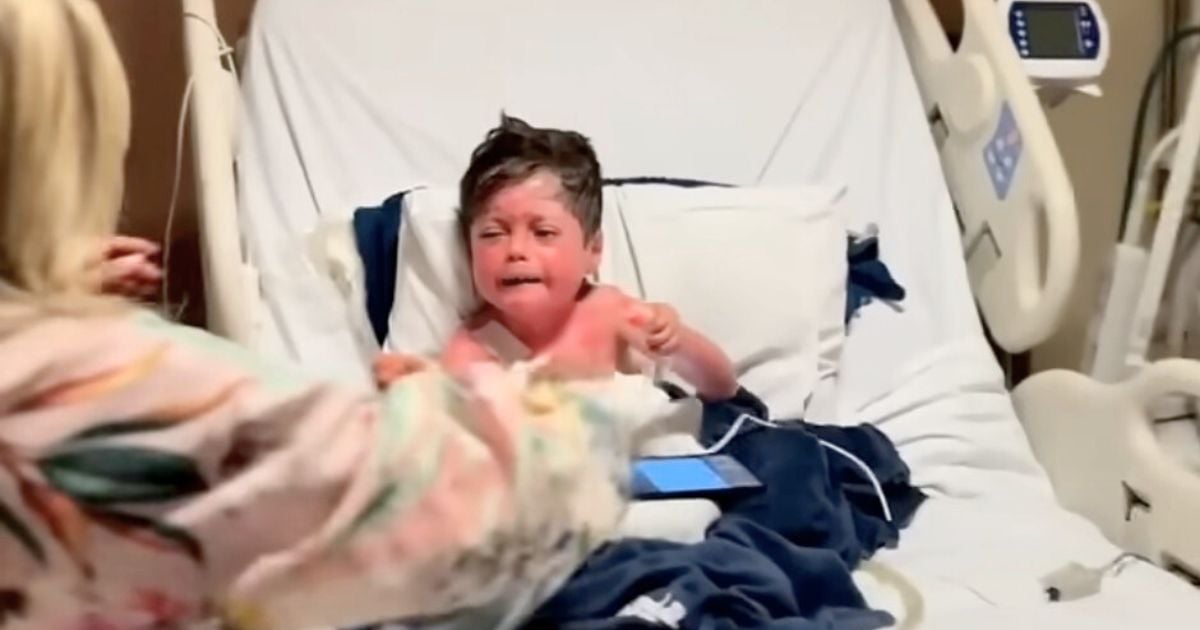On March 14, thousands of students planned to walk out of school as a way to protest gun violence.
Others decided that instead of protesting, they wanted to find another way to take action. The “walk up not out” action was encouraged by some teachers and school staff.


Walk up not out is meant for hard-to-approach kids who may feel lonely or singled out.
Statistics show that these are the kids who are most likely to bring a gun to school. Most of the school shooters have been bullied or left out. The hope is to help these kids feel included, so they are less likely to be violent.
People started sharing the hashtag #WalkUpNotOut on social media along with posts explaining the reason.
Some people felt it was a more proactive way to handle the situation and prevent violence. On March 14, many people did, in fact, walk out, but others walked up to the other kids in the school.
What was started to help kids feel better about themselves actually backfired, and many people are saying that it isn’t a good idea to walk up to people and assume that because they are shy, different, or quiet, that they were also potentially violent.


In fact, it made these kids feel worse about themselves.
Other people said that telling kids that the reason gun violence is happening in school is their fault is victim blaming. Kids shouldn’t feel like they are the problem because they didn’t befriend another kid. according to The National Bullying Prevention Center.
“Insinuating that children are responsible for mass gun violence because they simply don’t take the time to ‘befriend the lonely kid’ is not only victim-blaming, it’s dangerous.”
People suddenly became aware of the fact that this wasn’t the right message to send to kids of any age.
Twitter and social media exploded with posts about it.
Rachel Held Evans posted:
“#walkupnotout asks students to take responsibility for the mental health of their classmates, suggesting that school shootings are *their fault* for not being ‘nicer.’ It’s victim-blaming. Stop it.”
Another Twitter user named Angela said:
“I am absolutely all for being kind to people and I’m a firm believer in the Golden Rule™ but #WalkUpNotOut is not going to end gun violence. You’re expected to be nice to people. What shouldn’t be expected is a child coming into a school with an automatic weapon.”


So, what can students do to help prevent gun violence in schools?
The simple thing is to report threats and anything that seems out of the ordinary. President Donald Trump tweeted a short time after the Parkland, Florida, shooting that took 17 lives:
“So many signs that the Florida shooter was mentally disturbed, even expelled from school for bad and erratic behavior. Neighbors and classmates knew he was a big problem. Must always report instanced to authorities, again and again.”


The problem is, many kids did report threats and other things the shooter was doing.
But the authorities failed to act on those reports. Many kids who knew the shooter said that they were not surprised that he was responsible.
Emma Gonzalez, a student at Parkland High School, talked about how the students made numerous reports about the shooter. She said:
“We did, time and time again. Since he was in middle school … it was no surprise to anyone who knew him to hear that he was the shooter. Those talking about how we should have not ostracized him, you didn’t know this kid. OK? We did.”


In the end, the responsibility to protect students in school shouldn’t fall on the students.
They shouldn’t have to worry about whether they are doing something that could potentially lead to a shooting. It is up to the government and school officials to find ways to deal with school shootings and gun violence.
Please SHARE this with your friends and family.















